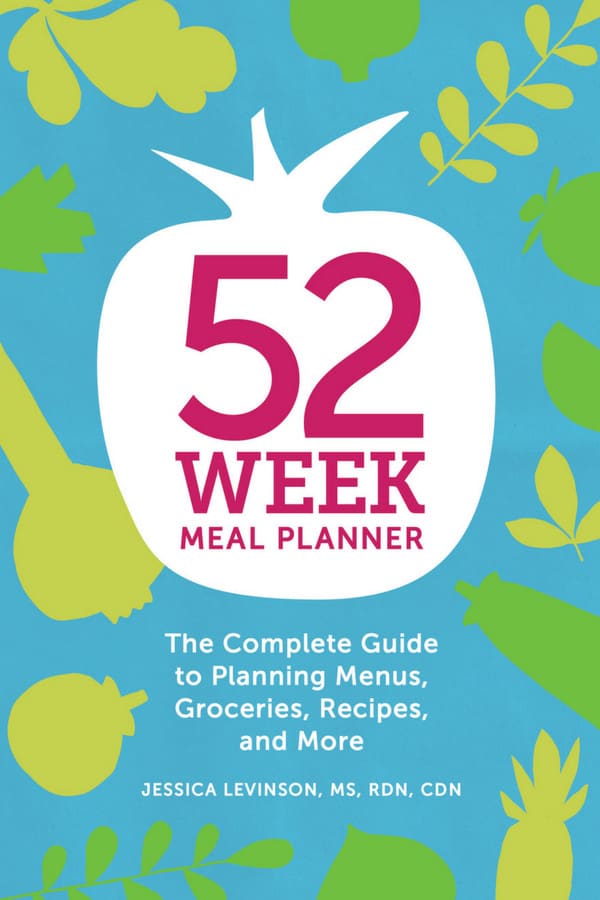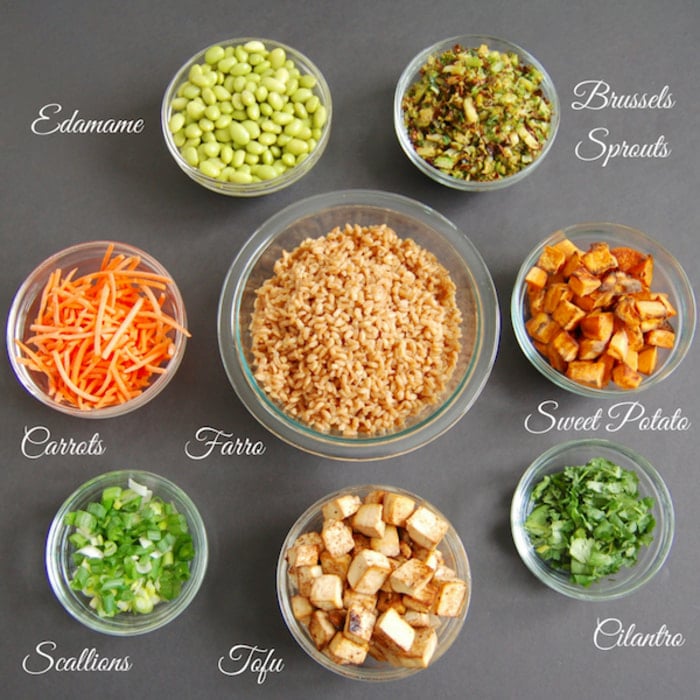How to Encourage Healthy Eating In Kids
Feeding kids is tough work, but these ten tips to encourage healthy eating in kids can make it easier and maybe even a little fun!

Pin this Post
This page contains affiliate links. See below for full disclosure statement.
Feeding kids healthy and well-balanced meals is hard work – it takes time, effort, resources, and a lot of love. There may be some tears and tantrums throughout the process (trust me, I know!), but in the end it’s worth it when you see your son or daughter trying new foods, eating the same things you are, and enjoying delicious meals as a family.
You Are Not Alone
As a registered dietitian nutritionist and mom I see firsthand the struggles families have feeding kids, and I am not immune to them either. My girls used to eat every single thing I put in front of them, but as they have gotten older, become more aware of what their peers are eating, and more opinionated about what goes on their plates, I too have had to face some difficult days and nights in the kitchen and at the table.
I want to help you avoid those issues as much as possible, which is why I have put together these tips to encourage healthy eating in kids and help you feed your kids better. I’m not saying all your struggles with feeding kids will be gone if you implement these tips, but my hope is that they help and in the process make feeding kids a little less painful and a lot more fun.
1. Meal plan
This should come as no surprise to anyone who is familiar with my blog, my 52-Week Meal Planner workbook, or my weekly meal planning prompts on Facebook and Instagram. Planning is everything when raising kids and planning your meals for the week is just one more area to put into practice.
Take some time either on the weekend or during the week to write down a menu for the week ahead. You can include everything from breakfast through dinner, or simply make a plan for the meal that trips you up the most. If you have older kids, get them involved in the meal planning process too. Let each child choose a meal for the week or take requests for what they like.
Need some help? Sign up for my newsletter and you’ll get a copy of my e-book, “Top 10 Meal Planning Tips for Busy Families.”
2. Take the kids to the supermarket
Trust me, I know this is not always the easiest or most productive way to get things done, but getting the kids involved in grocery shopping is beneficial in multiple ways. First of all, it’s a life skill they should learn. Second, when you allow your kids to choose food to add to the cart they feel empowered, and may be more likely to eat it at home.
I’m not saying you should let them fill the cart with sugar cereal, cookies, and gummy bears, but certain areas of the supermarket – like the produce section – can become kid’s choice for the week. Allow each child to pick a new fruit or vegetable to try, or give them a choice between two yogurts you would be okay with and let them make the decision.
3. Get cooking with the kids
Now that you have your groceries, hopefully including something your kids picked out, get in the kitchen with the kids and cook together. I find that even when my girls are standing at the counter watching me they are more inclined to try what I make then if they don’t see the process happening. Kids of all ages can lend a hand in the kitchen – check out this infographic to see what kids of varying ages can do.
4. Make meals interactive
Rather than plating food for your children, let them build their own plates and fill their own bowls. I started doing this with my Asian-Style Farro Buddha Bowls and found it a great way to let the kids decide what they want to try. (See how I set up the ingredients to make your own bowls.) They have so much fun making their own combinations and it also gives them a sense of control over what they are eating. Try it for breakfast by making a breakfast bar for yogurt parfaits or oatmeal bowls, and for lunch with salad and sandwiches.
5. Lead by example
Whether it’s how you want your children to act or eat, role modeling the behavior you expect is the best way to instill these habits. There are many benefits to family meals, and having your kids see what you eat is just one of them. The more they see you eating the food you make, the more likely they will be to try it too.
6. Make one meal
Aka, don’t be a short order cook. Serve one meal a night (one protein, one carbohydrate, and one or two vegetables) and let the kids fill their plates from what is on the table. As long as there is at least one item on the table that you know your children like, don’t despair if they’re not trying anything else. If they are truly hungry they will eat what’s offered or they can wait until the next meal.
7. Don’t yuck my yum
From very early on I told my girls that if they don’t like something I serve they don’t have to eat it. I don’t require that they take “no thank you” bites or clear their plates to get fruit or dessert at the end of the meal. And while I would prefer that they at least give something a try, I will never force them. But one thing I will not tolerate is words like “yucky,” “eww,” and “gross” at the table.
As the primary cook in the family I put a lot of thought and effort into making balanced meals that everyone will enjoy. So of course it’s disheartening when the kids don’t eat what I serve, but what’s even more important to me is that they learn manners and are polite about what’s in front of them. The last thing I want is for them to be at someone else’s house and say “ewww” about what’s being served. So I simply say, “don’t yuck someone else’s yum” as a reminder that everyone has different preferences and enjoys different things.
8. Continue introducing new foods
I know it’s absolutely exhausting and frustrating to make and serve food to your kids over and over again, especially when the food ends up in the garbage (I’m very sensitive about food waste, so I really get it). But remember that acceptance of new food takes time. And while they’re trying something new, keep putting their favorites in front of them.
To prevent as much waste as possible, choose one new food to try a week and prepare it in different ways. For example, if broccoli is the new veggie of the week, serve some raw and some roasted the first night. The next night chop it into a casserole or omelet. By the end of the week, take what’s left – whether cooked or raw – and make broccoli soup. Keep a chart of the foods you try, how they were prepared, and everyone’s reactions.
9. Remember every family is different
The biggest change in my children’s eating habits came about when they started school and were more aware of what other kids brought for snack and lunch or what was offered on the hot lunch line. That’s when I also started getting peppered with questions (er, whining) about why friends get to have XYZ snacks (or whatever) and they don’t. Not the easiest topic to navigate as a parent, but one that will come up whether it’s about food or clothes or screen time.
What I remind my children (which doesn’t always work), is that every family is different. Use non-food examples as a way to explain that this issue of what others get or have is not specific to food and it will come up at many points in life. It also helps to talk through the structure of your individual family so that the kids know what is expected and understand why you do things they way you do. And of course involve them in decision making when you can. For example, if they can have two treats a week (a limit you set), let them decide when they get the treats (a place for them to have a say).
10. Keep it fun
As important as it is to eat a healthy, balanced diet, you can’t forget that food is meant to be enjoyed. That’s why at the end of the day it’s important to make sure the kids are having fun with food and not taking mealtime all too seriously. Make muffins out of eggs, turn your veggies into fries, use cookie cutters to cut fruit, or make a smiley face on your peanut butter-topped waffle for breakfast. And make sure to involve the kids in it all!
How do you encourage healthy eating in kids in your family?
Share with me in the comments below!
Pin this Post
Disclosure: This page contains affiliate links. If you purchase products through these link, your cost will be the same but I will receive a small commission to help with operating costs of this blog. As always, all thoughts and opinions are my own and I only recommend products I truly believe in.





